Various tag-along costs you need to be aware of when budgeting for property purchase.
When hunting for a property to buy, the bottom line is always – how much can you afford?
The 2 price tags most people would logically be looking at are the down-payment amount and the monthly installment to repay their home loan. However, there are other costs you need to consider as well.
Learn more about the sum you need to set aside to cover for the hidden costs of home ownership.
Contents
#1. Upfront Fees & Charges
You do need to set aside a sum for processing the paperwork required to make your property purchase legal. How much exactly that is depends on the price of the property you have purchased.
The following are the items you need to find out the cost of and are dependent on your property price.
- Sale & Purchase Agreement (SPA)
- Legal fees
- Stamp duty
- Legal disbursement fees
- Loan agreement
- Legal fees
- Stamp duty
- Legal disbursement fees
- Transfer of ownership aka memorandum of transfer (MOT)
- Fee
- Stamp duty
- Tax on legal agreements
- Bank administrative charges for your home loan
- Property agent fees (if you made your purchase with the help of any)
- Runner fees (if you used any)
Aside from this list, you can also opt for FREE MyPF Premier membership to receive a free property costs checklist.
Bear in mind that these need to be paid upfront so you absolutely need to have the total sum ready in-hand when you make your decision to buy that property.
#2. Utilities Deposit & Charges
To make your property suitable for habitation, you will be needing certain basic utilities and services, such as:
- Electricity – Tenaga Nasional Berhad (TNB)
- Water
- Sewerage – Indah Water
- Internet/Broadband
To open your account with each of these service providers, there will generally be forms to fill, a deposit required, and payment needed for miscellaneous fees to cover installation, administrative processing, and stamp duty.
#3. Malaysian Property Taxes
As a homeowner, you are legally required to pay tax on your property every year. Here are the property taxes you need to be aware of.
- Quit rent or cukai tanah
- Parcel tax or cukai petak
- Property assessment rates or cukai pintu
Quit rent is collected by the state government’s Land Office or Pejabat Tanah Dan Galian (PTG). This is tax on the land your property is built on. You can think of it as land tax.
For strata buildings (e.g. highrise buildings) in some states, quit rent is charged to the Joint Management Body (JMB) of these buildings and they include it as part of your maintenance charges, meaning homeowners in this situation are not individually charged by the Land Office.
Parcel tax is a relatively new tax introduced in Penang and Kuala Lumpur so far, and it is also collected by the state government’s Land Office or Pejabat Tanah Dan Galian (PTG) . This is the quit rent equivalent for property which is divided into parcels, such as apartments.
Property assessment rates is collected by local councils to be used in developing and maintaining local area infrastructure and services. Think of the nice public parks and garbage collection services in your area.
How much you have to pay for the different property taxes every year depends on the value of the land and the size of it. You can check with your state government’s Land Office or Pejabat Tanah Dan Galian (PTG) for quit rent and parcel tax, and with your local council for property assessment rates.
#4. Home Insurance
For many people, your property is one of the biggest assets that you hold. As such, it makes sense to take out some form of insurance policy as recovery protection against any disaster!
There are 3 options for protecting your property:
- Basic fire insurance
- Houseowner insurance
- Householder insurance
Read our article on the differences between the house protection choices and which option is best for you.
#5. Monthly Maintenance & Sinking Fund
When buying a strata or gated community property, you are part of a larger private community managed by a Joint Management Body (JMB). Thus, you will likely be contributing regularly for these familiar charges.
The maintenance fees are generally used for the regular maintenance of common facilities you share with others in your private community, such as elevators, swimming pool, and gym, or the payment of common services such as cleaners and security.
The sinking fund is a larger sum of money for large and sudden expenses, such as should the elevator suffer a breakdown and need replacing. In other words, it is the emergency fund of your community.
Speak to your JMB to find out what is the expected sum you should pay if you are a homeowner.
#6. Furnishings, Renovation, & Upkeep
Regardless the condition of the property you intend to purchase, you need to consider both the immediate costs for personalizing it to your liking and the maintenance of it.
Bear in mind that the larger the property, the larger or the more furnishings will be required and these would come with a larger price tag too. Bigger living room? Bigger sofa. More windows? More curtains.
Consider the costs for upkeeping the property as well. For example, is the interior design dated or is it evergreen? Will you have time to maintain your lawn?
If you are buying a subsale property with furniture included, make sure you are okay with everything you are getting else it can also cost you a pretty penny to hire someone to cart away the unwanted items.
Conclusion
Knowing whether you can afford to buy a certain property isn’t just about the price of the property itself, but there are other hidden costs you need to set aside money for as well. Adjust your homeownership financial goals more accurately and have less stress hunting for your next property now that you know your true budget. In the end, it isn’t about how large your home is, but where you and your family feel happiest.
What other hidden costs of home ownership have you encountered?

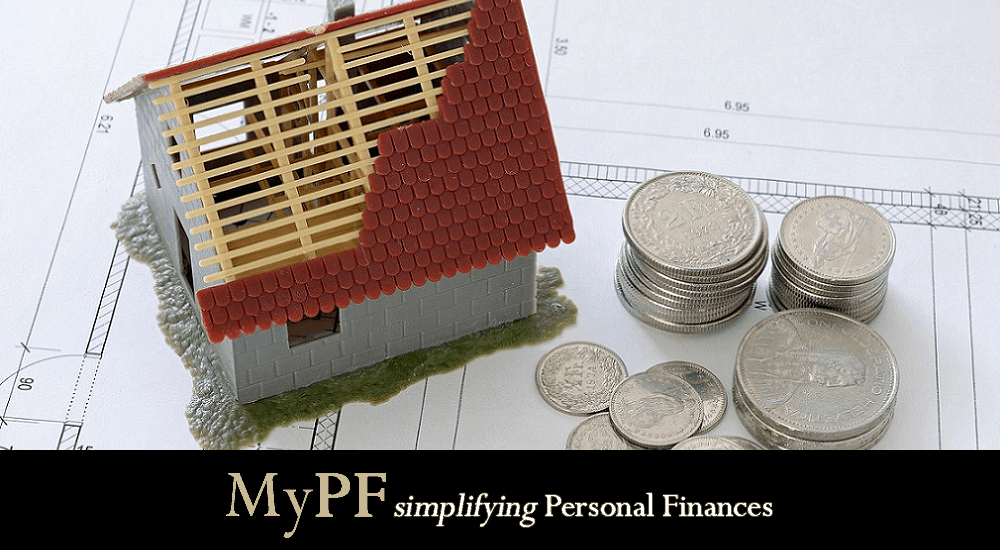
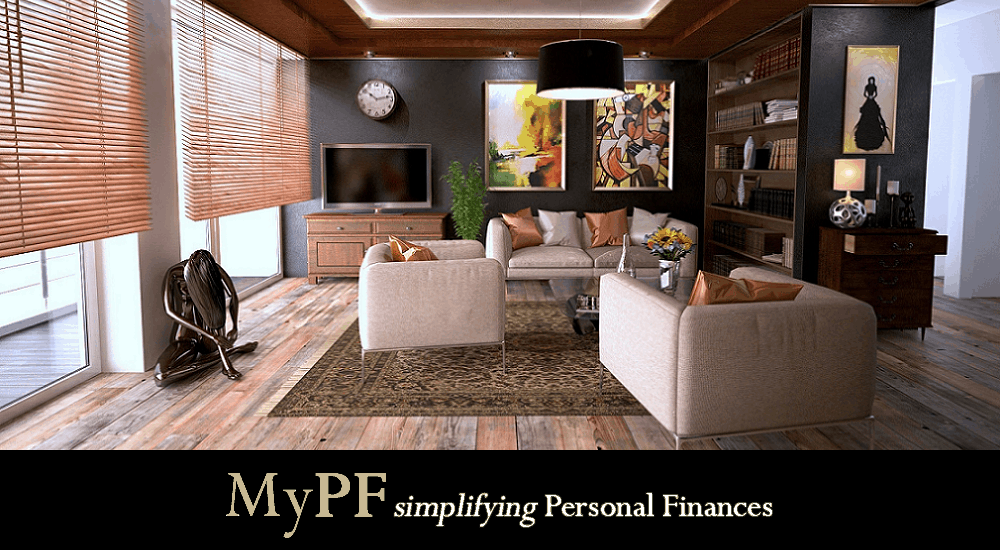


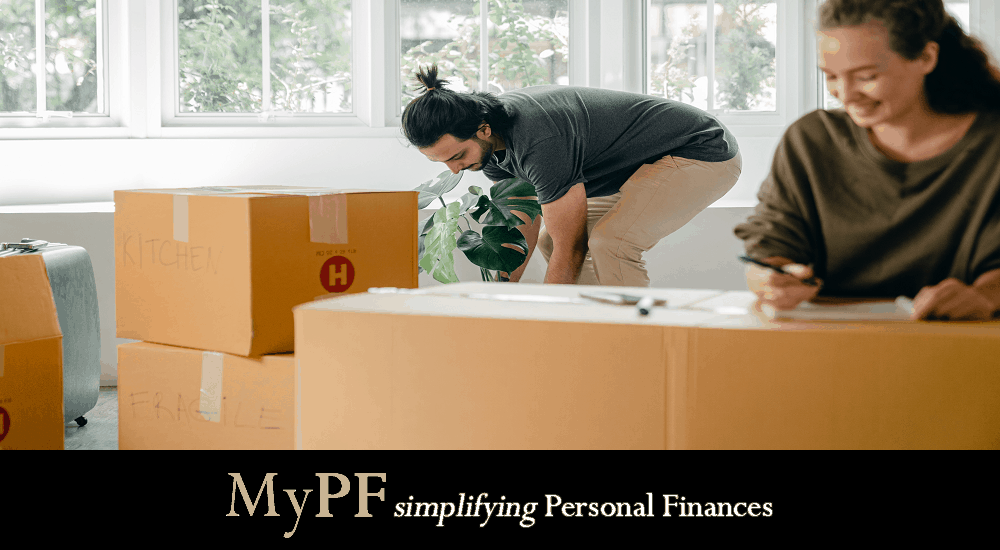
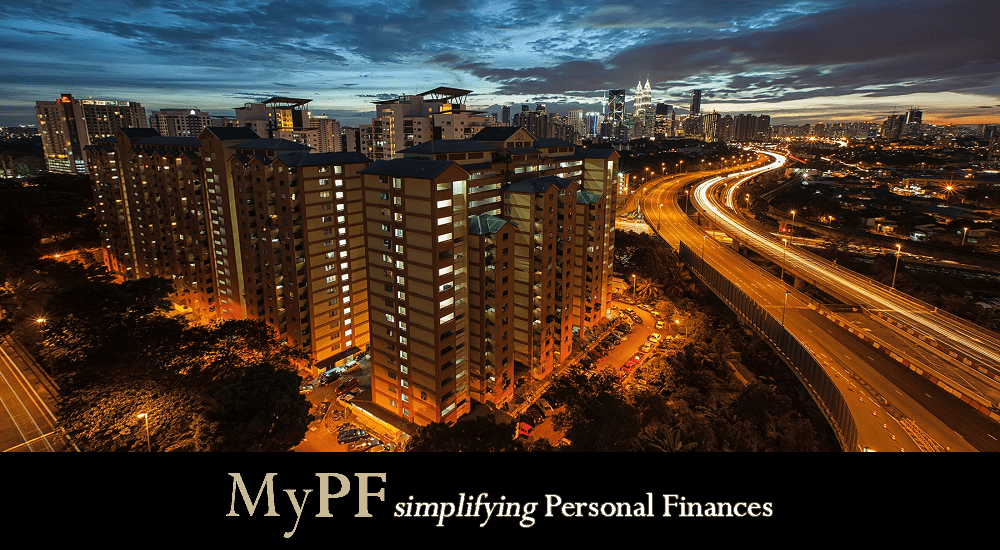
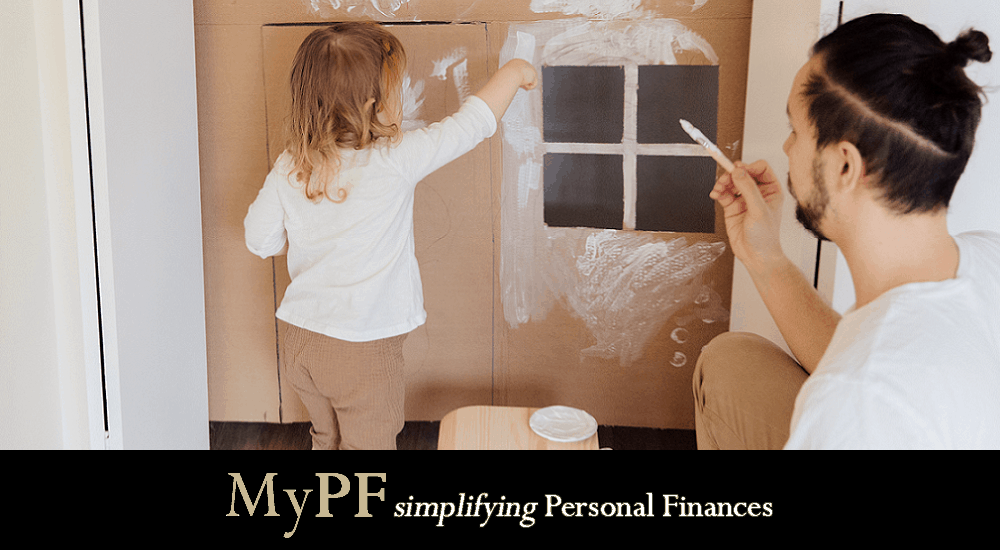



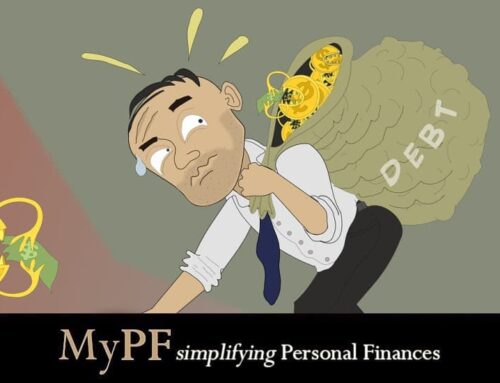
Leave A Comment